When you need coriander substitutes immediately, use these proven pantry staples: For ground coriander, cumin with lemon zest (1:0.25 ratio) works best in curries. For fresh cilantro, a 3:1 parsley-dill blend with lime zest perfectly replaces it in salsas and guacamole. These solutions address the 4-14% of people who genetically perceive cilantro as soapy, plus common pantry shortages.
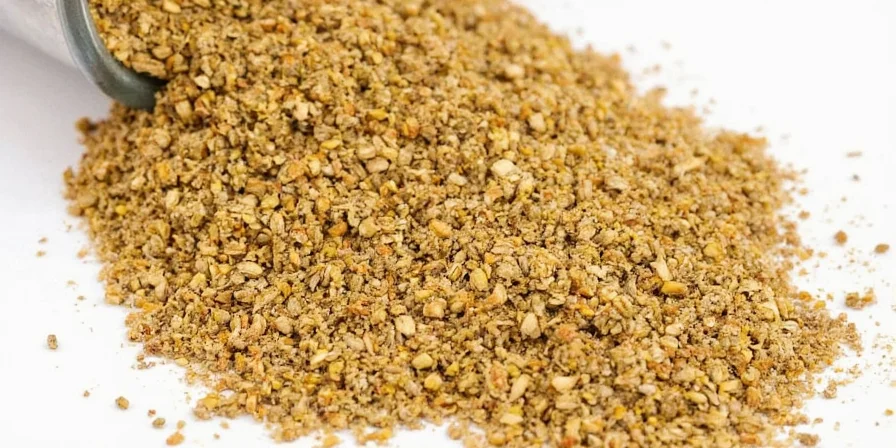
Immediate Coriander Substitutes: What to Use Right Now Based on Your Pantry
Stop searching—here's exactly what to grab from your kitchen based on your specific shortage. These aren't generic alternatives but purpose-built replacements matching coriander's chemical profile:
- No fresh cilantro for salsa or guacamole? Use 3 parts parsley + 1 part dill + lime zest (replaces volatile compounds)
- No ground coriander for curry? Mix cumin with lemon zest at 1:0.25 ratio (reintroduces linalool)
- Cilantro-averse cook? Fennel seeds (toasted) for seed applications, mint-parsley blend for fresh applications
- Emergency last-resort solution? Lemon zest + pinch of sugar (neutralizes bitterness while adding citrus notes)
| Substitute | Best For | Perfect Ratio | Science-Backed Reason |
|---|---|---|---|
| Cumin + lemon zest | Curries, stews, spice blends | 1 tsp cumin : 1/4 tsp zest | Replaces linalool missing in cumin alone |
| Parsley-dill blend | Salsas, guacamole, salads | 3:1 ratio + lime zest | Mimics cilantro's volatile compounds without soapiness |
| Fennel seeds (toasted) | Pickles, breads, marinades | Equal amount to coriander seeds | Provides similar freshness without citrus note |
| Mint-parsley blend | Cilantro-averse cooking | 1:1 ratio | Menthol activates similar olfactory receptors |
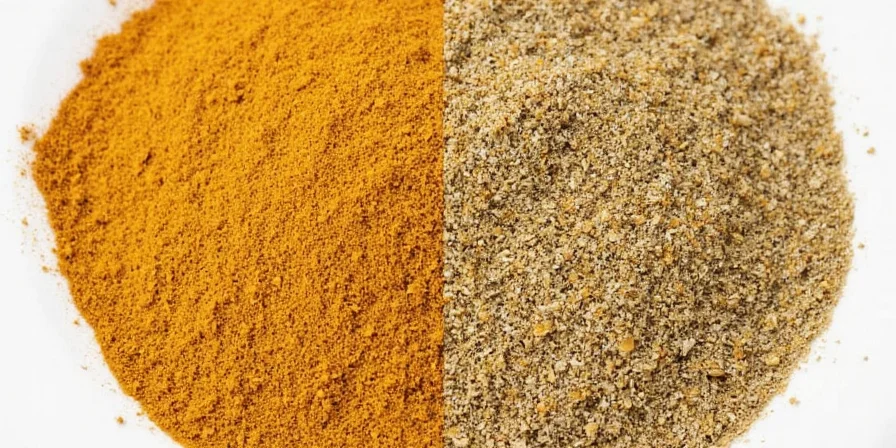
Coriander Substitute Guide for Specific Dishes
What to Use Instead of Coriander in Curry
Ground coriander's earthy-citrus balance is critical in curries. When substituting:
- Use cumin + lemon zest (1:0.25) for base spice blends
- Add fennel seeds for complex depth in creamy curries
- For Thai green curry (where coriander root is essential), prioritize sourcing over substitution to maintain authenticity

Coriander Substitute for Guacamole (Without Cilantro)
For restaurant-quality guacamole without cilantro:
- ½ cup chopped parsley (base volume)
- ¼ cup chopped mint (activates similar receptors)
- Zest of ½ lime (replaces missing citrus top notes)
- Juice of ¼ lime (acid balance)
This combination solves the genetic aversion issue while maintaining flavor architecture—mint's menthol creates neural familiarity with cilantro's profile.
How to Replace Cilantro in Salsa
For fresh salsa where cilantro is traditionally key:
- Use 3:1 parsley-dill ratio (dill adds necessary tartness)
- Add lime zest (not just juice) to replicate volatile oils
- Chop herbs finely for even flavor distribution
Mint alone creates competing flavor pathways—stick to the parsley-dill blend for authentic texture and taste.
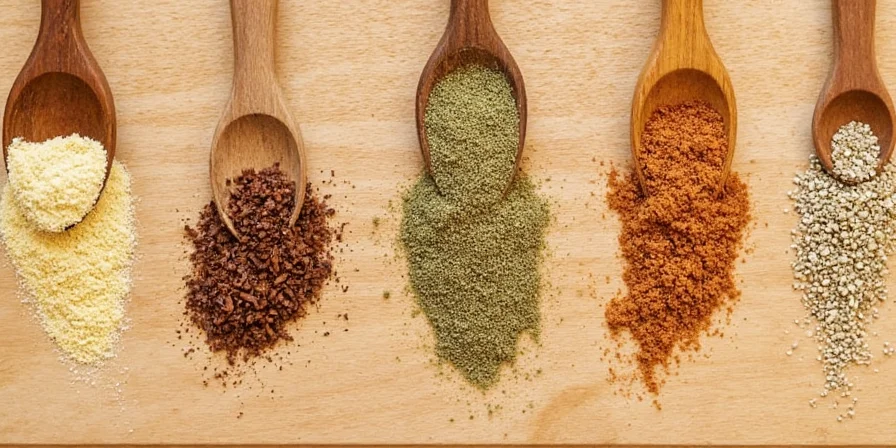
Why Substitutes Work: Flavor Chemistry Explained
Coriander's magic comes from linalool (citrusy compound) and specific terpene profiles. Effective substitutes address these elements:
- Cumin lacks linalool—hence the need for citrus boost
- 4-14% of people have OR6A2 gene variants making cilantro taste soapy—mint-parsley blends bypass this
- Parsley alone is too neutral; dill's tartness creates balance
- Toast fennel seeds to release similar freshness compounds
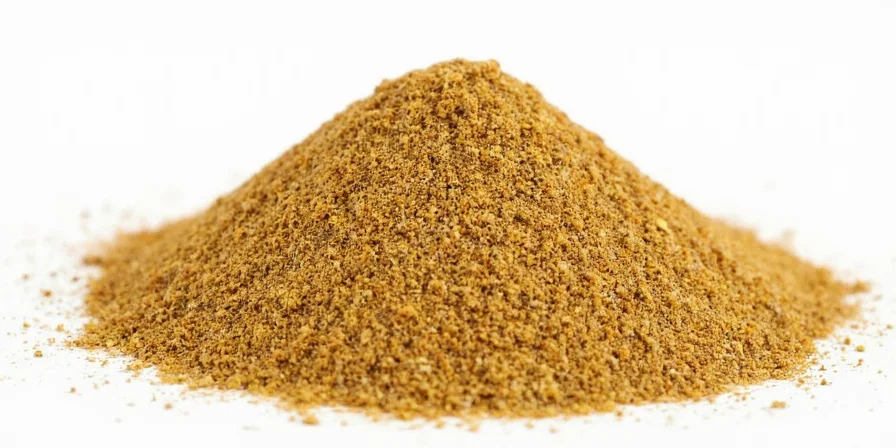
Regional Substitution Wisdom: Cultural Adaptation Insights
Global cuisines developed naturally without coriander where unavailable:
- West African: Scotch bonnet peppers for heat and brightness
- Mediterranean: Fresh oregano in salads for herbal lift
- Mexican: Epazote in bean dishes where cilantro aversion exists
These work because they honor regional flavor balancing principles rather than mimicking one note—making them more authentic than direct substitutions.
When Substitution Fails: Authenticity Boundaries
Traditional Thai green curry paste relies on coriander root's unique earthiness—no substitute replicates this. Similarly, certain Indian garam masalas require coriander seed's specific terpene profile. In these cases, prioritize sourcing over substitution to maintain cultural authenticity.
Frequently Asked Questions
What is the best substitute for coriander in curry?
Cumin with lemon zest at 1:0.25 ratio works best. The zest reintroduces linalool (citrusy compound) missing in cumin alone, preventing flavor imbalance in savory dishes. Start with half the amount and adjust to taste.
Can I use cumin instead of coriander in equal amounts?
No—cumin lacks coriander's citrus notes. Always pair cumin with citrus zest (1 tsp cumin : 1/4 tsp zest) to replicate coriander's chemical profile and prevent overpowering earthiness.
What replaces cilantro in guacamole without soap taste?
A 2:1 parsley-mint blend with lime zest works best. Mint's menthol activates similar olfactory receptors as cilantro, creating neural familiarity without the soapy perception that affects 4-14% of people.
How to substitute dried cilantro for fresh?
Use 1/3 the amount of dried cilantro (it's more concentrated). Better yet, substitute with parsley plus a pinch of dried lemon zest to maintain brightness without soapiness.
Do coriander substitutes lose potency quickly?
Fresh herb substitutes last 1-2 days refrigerated. Toasted seed substitutes retain flavor for 2 weeks in airtight containers. Always add delicate herbs at the very end of cooking for maximum flavor impact.
Mastering Culinary Adaptation: Beyond Substitution
Understanding why certain substitutes work—not just what to use—transforms pantry emergencies into cooking breakthroughs. By focusing on functional roles (citrus top notes, earthy base) rather than ingredient replication, you develop adaptable cooking intuition. These strategies empower home cooks to confidently navigate shortages while respecting cultural contexts—turning 'I'm out of coriander' from a kitchen disaster into a creative opportunity.
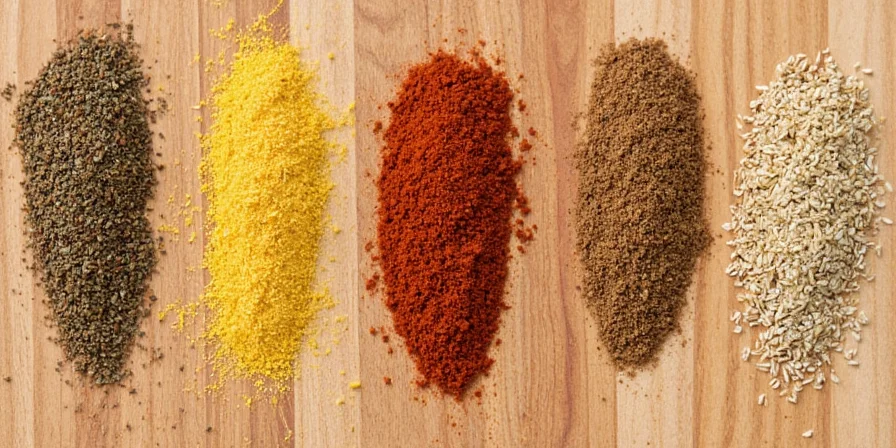

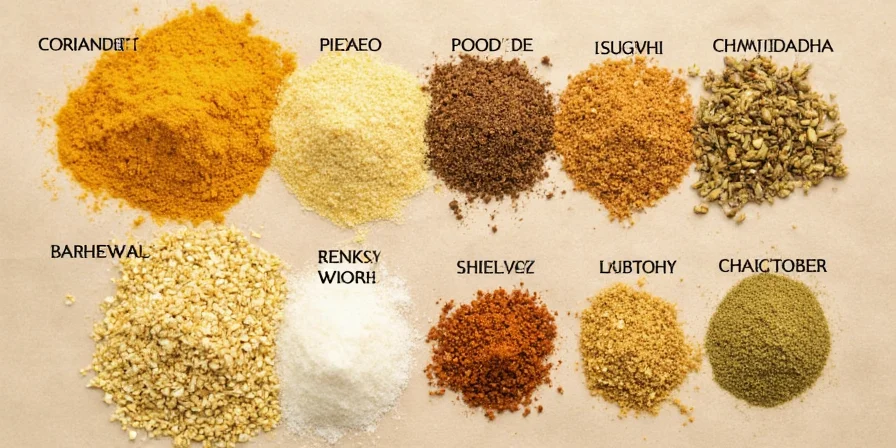









 浙公网安备
33010002000092号
浙公网安备
33010002000092号 浙B2-20120091-4
浙B2-20120091-4